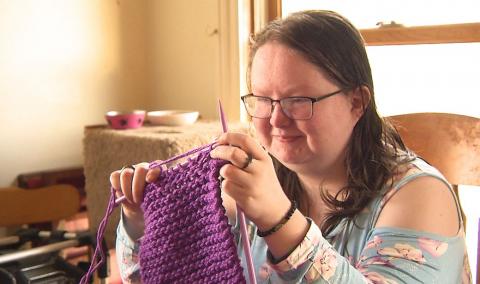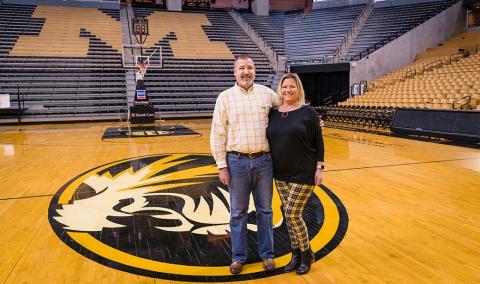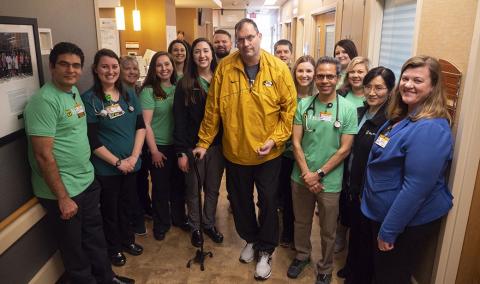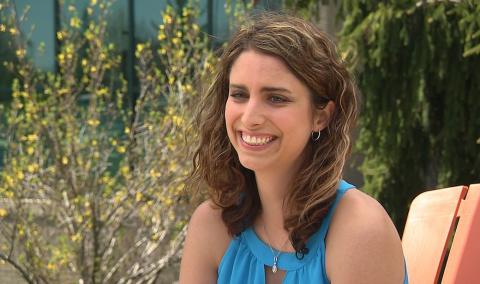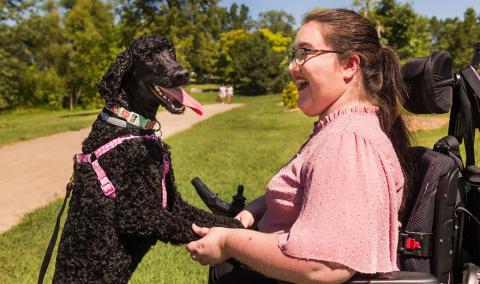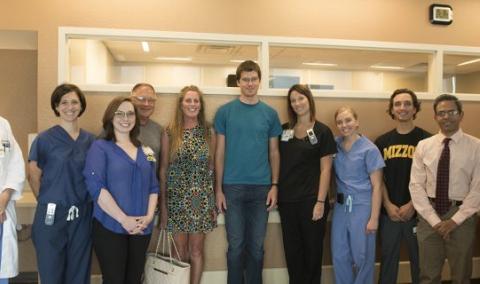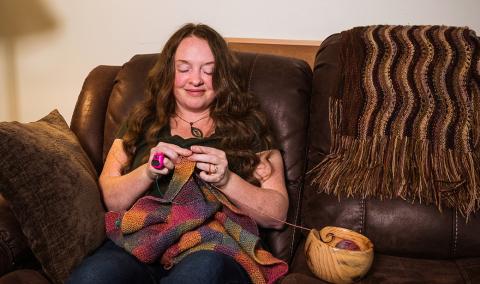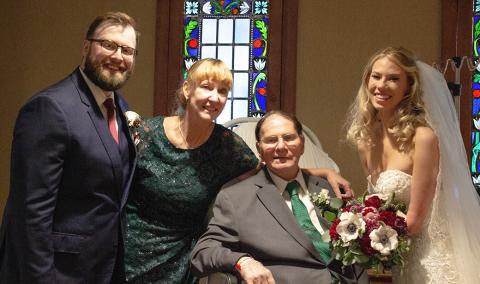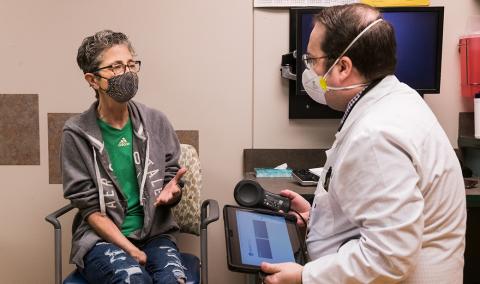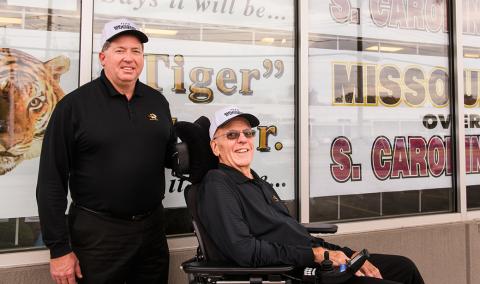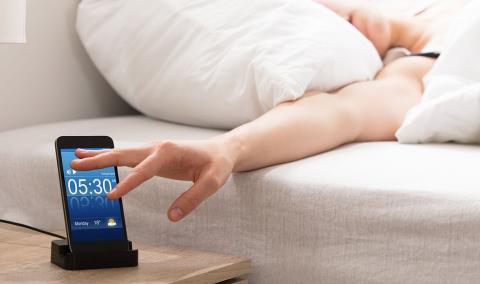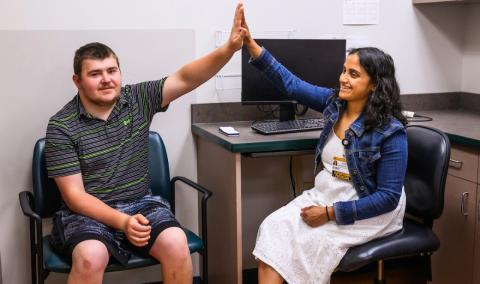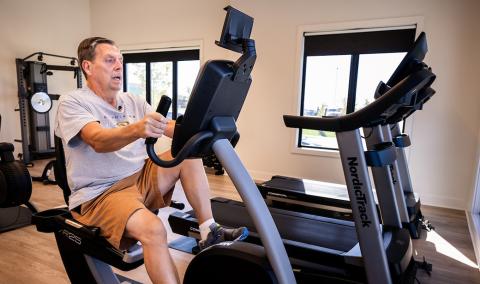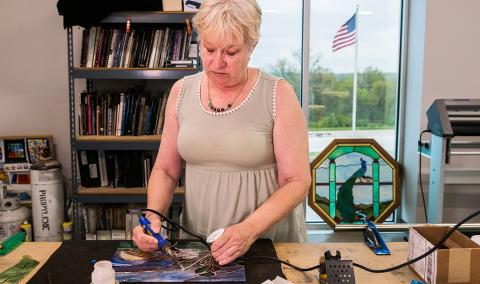Deep brain stimulation (DBS) can be used to relieve symptoms of Parkinson’s disease that cannot be controlled with medicine. DBS is considered the surgical treatment of choice for patients with Parkinson's disease because it is highly effective, safer and less invasive than other surgical methods.

In addition to treating Parkinson’s disease, DBS can be used to treat patients with essential tremor or certain types of dystonia. DBS also helps with changes between "on" and "off" time and dyskinesia, frequent complications seen in advanced Parkinson’s disease. Symptoms less likely to improve with DBS include problems with walking, balance and speech. DBS is for people who can't get control of their symptoms with medications.
If you or your loved ones has one of these movement disorders, our team of neurologists, neurosurgeons and neurocognitive specialists can help determine if DBS might be the right treatment. Our dedication to patient-centered care, as well as our combined 40 years of experience, provides patients with all the benefits of an academic health system in a convenient location.
In addition to its uses in treating movement disorders, DBS can be used to treat obsessive-compulsive disorder (OCD). For more information, learn about our Neuromodulation Clinic.
What is Deep Brain Stimulation (DBS)?
DBS is a multi-step neurosurgical procedure that uses electrical impulses to stimulate a target area in the brain. These impulses affect movement of the limbs by altering the activity in a specific area of the brain. The procedure does not affect brain tissue, and stimulation can be modified, changed or stopped, at any time.
DBS treatment involves two phases: The first phase is when the electrical stimulation device is installed, and second phase is when the wires are connected to the battery, or pulse generator.
During the first phase, a neurosurgeon places the electrical stimulation device into the brain through a small hole in the skull. The surgeon then places a tiny wire with electrodes in the location that will deliver the most benefits in your case. This initial surgery takes three to five hours.
During the second phase, the surgeon implants a small battery-powered device, similar to a pacemaker, into the upper chest and connects it to the electrodes in the brain. The wiring and the battery device, or pulse generator, are placed underneath the skin (the wires are not visible). The second surgery usually takes two to three hours and is typically done two weeks after the first surgery.
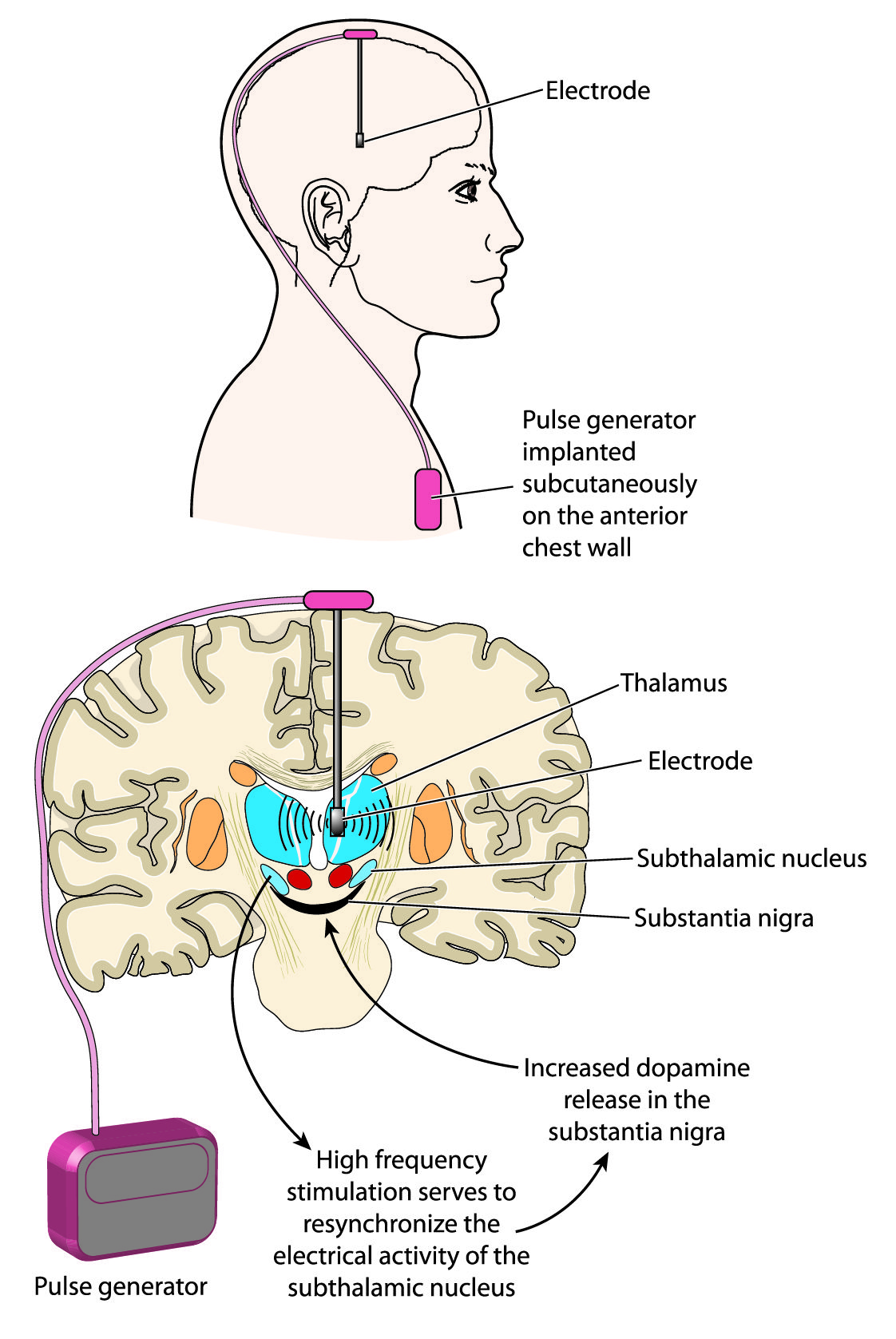
What Happens After Surgery?
A few days after surgery, you’ll return to your neurologist for programming of the device. This visit can last anywhere from four to six hours. To provide the highest level of care, your doctor personally fine-tunes the device so it delivers the correct level of stimulation to your brain and offers the greatest relief of symptoms.
After programming, your physician will schedule follow-up visits as needed – first weekly, then monthly, then every few months.
Deep brain stimulation requires minimal care on the patient's part. Your doctor will recommend avoiding activities that could place stress on the DBS equipment, including sudden, excessive or repetitive bending, twisting or stretching.
Walking through some metal detectors or security gates, like those at airports and department stores, may increase the stimulation or turn off your DBS. Before walking through a security gate, make sure to show your DBS identification card to security and request a hand search. If a security wand is used, ask the security to avoid placing it over your battery.
Most household appliances and electronic devices that work well and are properly grounded will not interfere with your DBS.
Your doctor also gives you a programming device that you can use to control the DBS. Your provider will show you how to use it.
What Risks are Associated With DBS?
The risks associated with DBS are similar to most surgical procedures and may include:
- Bleeding in the brain and stroke
- Difficulty with walking or balance and an increased risk of falling
- Infection or skin irritation caused by the device in the chest, or by the wires or electrodes
- Numbness, tingling, twitching or other abnormal sensations when the device is turned on. These sensations usually do not last long and can be eliminated by adjusting the programming of the DBS device.
- Problems with thinking, memory, speech or swallowing
- Psychological problems, such as apathy and depression
- Seizures
Am I a Candidate for DBS Treatment?
Even though DBS can be an effective way to relieve symptoms of Parkinson's disease, dystonia and essential tremors, not everyone is a candidate for surgery. Our team will work with you and your loved ones to determine if DBS is an appropriate treatment.
First, you’ll meet with a neurologist, who measures the potential impact DBS would have on your cognition and mental health. If the tests are favorable, you’ll meet with the neurosurgical team that assesses whether you are a candidate for surgery. If so, your neurosurgical team will schedule the procedure.



